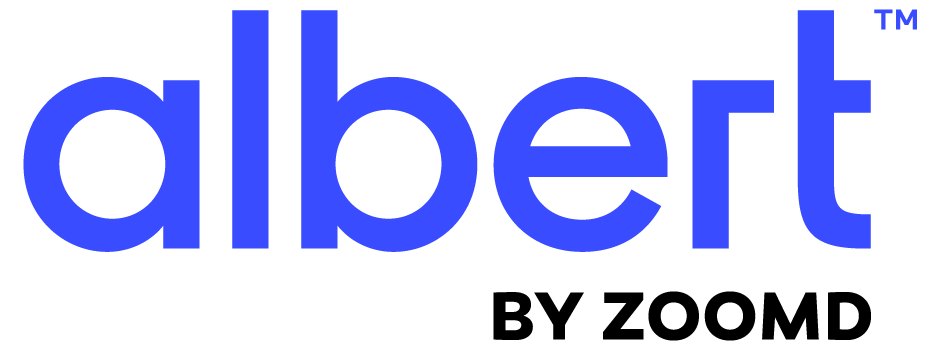FMCG/CPG
Cross Channel Optimization
+44%
Product line revenue
+145%
Search campaign conversions
-15%
Search campaign CPA
Insourcing Journey Leads to Autonomous AI
"If you told us how much we were leaving on the table before we started this journey with AI, we would never have believed you. Seeing what the machine is capable of, how it understands, adjusts and reacts in real time is just remarkable.” - Group Brand Manager
About
Like many marketers, this CPG/FMCG brand decided they needed to bring their direct to consumer paid digital media planning and buying in house, so they could more closely manage strategy and execution, while also seeking cost and performance improvements. Seeking to drive efficiency, the team explored ways to avoid replicating an entire agency structure for their in-house effort to manage paid search, paid social and programmatic channels. An autonomous AI solution delivered the desired transparency and control while also empowering a relatively small team to execute campaigns with massive complexity. With a “razor and blade” style product, this brand faced challenges that many large consumer brands do. As part of a global organization with a portfolio of thousands of products, the marketers on this high growth brand needed to show short term top-line progress, find ways to grow margin over the medium term, all while being prudent about capital expenditures on things like new technology.
Challenges
Operating in a crowded, fast-moving market, the team needed to be quick to adjust to competitive and market moves, supporting their established distribution channels while also building out their e-commerce share, while maintaining retail pricing across all online and offline distribution. With so many pressures on the business, it was only natural that the brand looked for ways to replicate the media agency service they had become used to, while decreasing response time, improving results, and lowering the cost to do planning and buying. Before beginning to implement their in-house strategy, the brand first set up a head to head test for Albert straddling the critical Black Friday timeframe. Splitting the country geographically between Albert and the incumbent, Albert was given less valuable territories in order to see what the machine could do, and also to limit downside should the technology not work as advertised – a form of disappointment marketers are well acquainted with.
Solutions
Much to the surprise of the brand team, Albert was able to use the ability to assess the entire paid digital landscape to optimize and drive results by shifting budget strategically across – and within – channels at a pace and scale that would be impossible for a human team working with machines that make recommendations for humans to act on. The test result? A 20-percent increase in revenue at the most competitive time of the year, in regions the company had considered lackluster. It was the beginning of a new kind of relationship for the brand team. They discovered that an AI guided by human input could improve their ability to do their job by combining machine learning technologies for processing and analyzing data at scale with technologies for automating and orchestrating planning and buying.
In addition, digital marketers are taught to narrow their focus to a specific audience in order to gain efficiencies. This works for humans who can’t track thousands of micro tests simultaneously. And it worked well before online media fragmented audiences and touchpoints across devices and platforms. Today, marketers need to augment their instincts with AI to perform testing and exploration. Once Albert was given the ability to freely optimize the campaign, the brand team saw that they had enormous untapped opportunities in all channels, but especially in social. By combining previously unconnected campaigns into a single, focused prospecting, retargeting, and dynamic product ad effort, Albert was able to discover profitable micro-segments of customers that the marketers could then leverage into ongoing relationships through email and other retention efforts.
Results
To kick off their in-housing strategy, the marketing team provided Albert with as much data as possible. This set the stage for deploying the autonomous AI. Albert tests and learns using massive amounts of structured and unstructured data to feed complex, multivariate calculations. The team determined their KPIs, set their guardrails, and then let Albert optimize, learning which channel, creative, time and place engaged their customers. Albert took on data processing, analysis and pattern discovery, and then rapidly took action on insights adjusting campaigns across channels, audiences, creatives, and tactics.
After one year, the product line revenue had grown +44% thanks to a +145% increase in paid search conversions with a simultaneous -15% drop in CPA. Programmatic display delivered a +150% increase in conversions with a -6% CPA. Other quality and efficiency metrics also improved. For example, the e-commerce site’s bounce rate dropped -47% to 21%, while average session duration increased +11%. In a fast-moving market, these marketers discovered that there’s no substitute for being able to partner with an intelligent machine that can assess every piece of data and then take action on as many fronts as possible every moment of every day.

